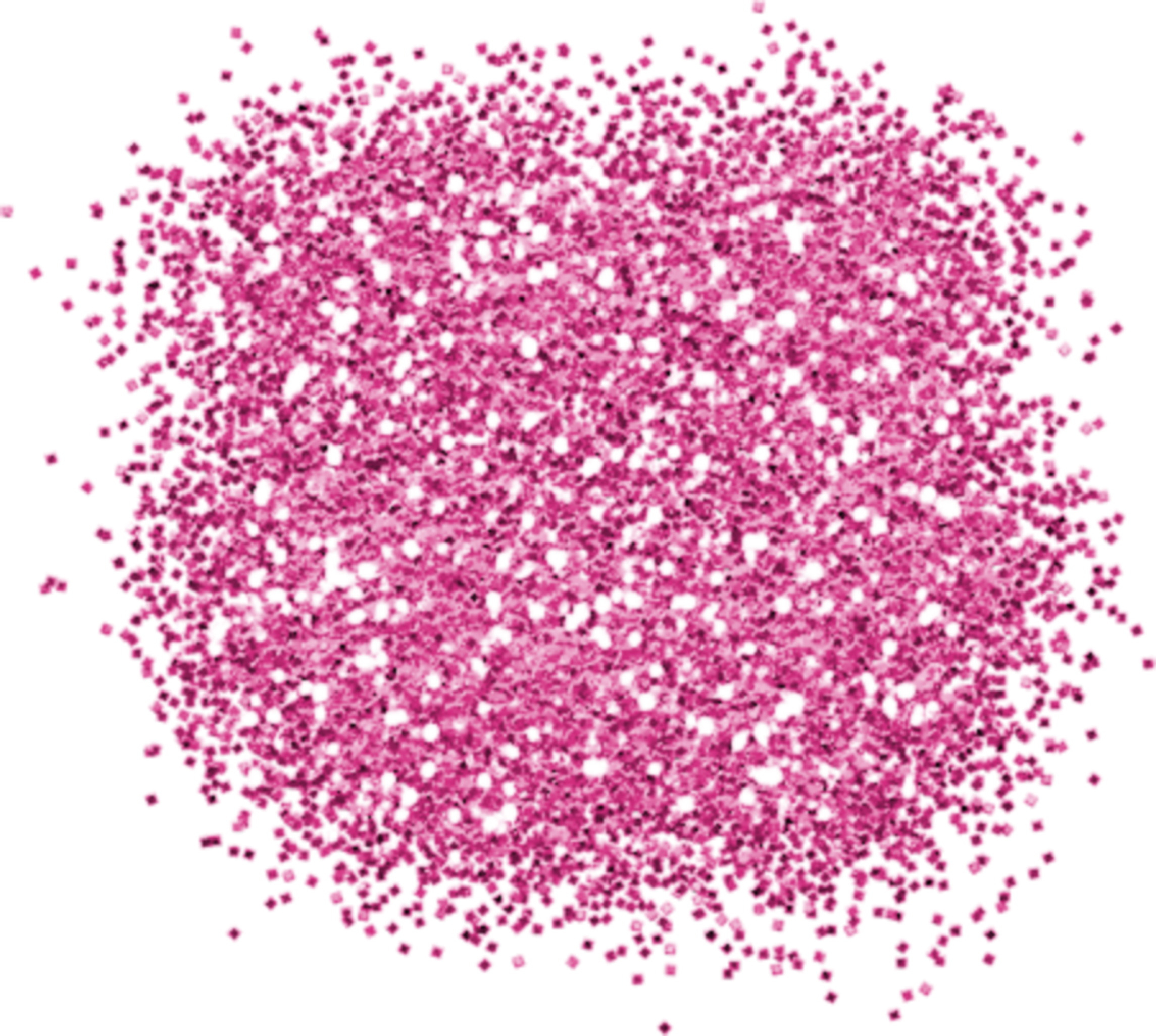

I don’t know exactly when the finish was applied, but it has the typical blueish- grey undercoat of the first era of sparkle finishes from the 50s. But he did not originally get the guitar in sparkle he gave it back to Fender who then had it repainted for him. “The earliest true sparkle Fender guitar that I know of is actually a red ’55 Stratocaster,” David tells us. The earliest instruments I’ve seen that were sold as new in a sparkle finish were made in 1957 as presentation pieces Think about what people were driving and what colours they were painting the cars: it was gold, silver, red, white, blue and green. “It was a completely different colour – normally a hot-rod colour of some kind. “First of all, they never used a regular custom colour for sparkle finishes,” highlights David. So, when did Fender start sending them out? The company didn’t publish its custom colour chart until the early 60s, so any custom colour from the 50s is especially rare. However, by 1966 Fender had their own paint guns that were able to do this process.”Ī 1963 Fender VI in ‘Pink Champagne’ sparkle finish: “When I was first contacted about this guitar, I thought, ‘It’s not going to be real’,” recalls David (Image credit: Future) The downdraft paint guns were what was needed and that’s why they went to hot-rod shops to be begin with. “When Fender used a suction-style Binks Model 7, the suction was not strong enough to pull up that heavy metal flake. It’s gravitational, meaning the paint falls into the paint gun instead of getting sucked up. On the other hand, area hot-rod shops used a downdraft paint gun where you put the material into a cup that is attached to the top. “It’s a suction-style paint gun, meaning you fill a cup with paint, it gets sucked up a tube, mixed with air and then comes out of the main nozzle. This is the bottom line: before 1966, the Fender manufacturing facility never painted a guitar in a sparkle finish If you look at any old pictures where they’re spraying guitars, they’ll be using one of those. Fender used a very common spray gun in that period called a Binks Model 7. “All sparkle finishes were subbed out to be done at local shops. “This is the bottom line: before 1966, the Fender manufacturing facility never painted a guitar in a sparkle finish,” underscores David. After all, Leo Fender was all about streamlining manufacturing processes. As ad hoc custom orders, one might reason it was uneconomical to invest in the necessary equipment and expertise to meet such relatively infrequent requests. But how does he manage to navigate the minefield of the vintage market? After all, genuine sparkle finishes are notoriously difficult to authenticate.Īccording to David, Fender outsourced all sparkle finishes up to 1966, the reason being they were unequipped to complete such specialist work in-house. Having hunted down these rarities for many years he has built up a ton of knowledge on their unique idiosyncrasies. I have that guitar here.”ĭavid’s collection of Fender sparkle finish instruments is enviable. One of them is a gold Jaguar with a black to gold sparkle sunburst pickguard and a matching headstock. “They made several different guitars for the producers to look at and decide which guitar Conrad Birdie was going to play. But I’ve got to tell you: more than 80 per cent of them were fake! People knew I was buying them and I saw many. It’s black with a gold pickguard and controls, and it has this big gold sparkle ribbon painted on that says ‘Conrad Birdie’.
SPARKLE PNG MOVIE
That movie features a highly customised Fender Jaguar. “It starts to hit a fever with Ann-Margret in Bye Bye Birdie. So, as you can imagine, people started saying, ‘Hey, I want my guitar painted like that!’

“Typically, there’s a scene where a guy pulls up in something blue sparkle or red metal flake, or green metal flake like the ’62 Jaguar. “There were a lot of car movies and beach movies made back in the late 50s and early 60s,” explains David. This Royal Blue Strat is incredibly rare (Image credit: Future) All that glitters isn’t gold


 0 kommentar(er)
0 kommentar(er)
